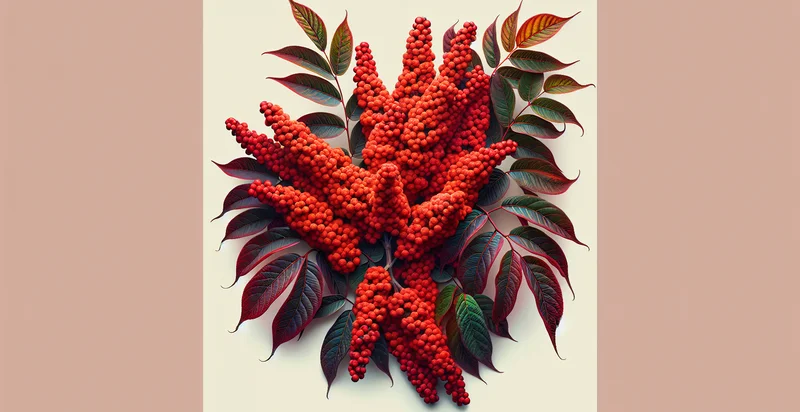Identify is this a lavender
using AI
Below is a free classifier to identify is this a lavender. Just upload your image, and our AI will predict if it's lavender - in just seconds.

Contact us for API access
Or, use Nyckel to build highly-accurate custom classifiers in just minutes. No PhD required.
Get started
import nyckel
credentials = nyckel.Credentials("YOUR_CLIENT_ID", "YOUR_CLIENT_SECRET")
nyckel.invoke("is-this-a-lavender", "your_image_url", credentials)
fetch('https://www.nyckel.com/v1/functions/is-this-a-lavender/invoke', {
method: 'POST',
headers: {
'Authorization': 'Bearer ' + 'YOUR_BEARER_TOKEN',
'Content-Type': 'application/json',
},
body: JSON.stringify(
{"data": "your_image_url"}
)
})
.then(response => response.json())
.then(data => console.log(data));
curl -X POST \
-H "Content-Type: application/json" \
-H "Authorization: Bearer YOUR_BEARER_TOKEN" \
-d '{"data": "your_image_url"}' \
https://www.nyckel.com/v1/functions/is-this-a-lavender/invoke
How this classifier works
To start, upload your image. Our AI tool will then predict if it's lavender.
This pretrained image model uses a Nyckel-created dataset and has 2 labels, including No It Is Not Lavender and Yes It Is Lavender.
We'll also show a confidence score (the higher the number, the more confident the AI model is around if it's lavender).
Whether you're just curious or building is this a lavender detection into your application, we hope our classifier proves helpful.
Related Classifiers
Need to identify is this a lavender at scale?
Get API or Zapier access to this classifier for free. It's perfect for:
- Agricultural Monitoring: Farmers can utilize the lavender identifier to accurately monitor the growth and health of their lavender crops. By identifying areas where lavender is growing, they can optimize resource allocation and implement targeted care practices.
- Automated Quality Control: Lavender producers can implement the identifier in their quality control processes to ensure that only genuine lavender products are processed and sold. This technology can quickly detect and segregate non-lavender plants, helping to maintain product integrity and quality.
- Ecological Research: Researchers studying ecosystems can use the lavender identifier to analyze lavender populations in specific habitats. This can assist in understanding species distribution, biodiversity, and the ecological impact of lavender cultivation.
- Retail Inventory Management: Retailers specializing in herbal products can deploy the lavender identifier in their inventory management systems. This allows for accurate tracking of lavender-related products, ensuring that stock levels are maintained and mislabeling is reduced.
- Scent-Based Marketing: Businesses in the cosmetics and aromatherapy sectors can leverage the identifier to create targeted marketing strategies based on lavender popularity. By analyzing customer preferences for lavender products, they can tailor their offerings and improve customer satisfaction.
- Herbal Education Tools: Educational institutions can incorporate the lavender identifier into botanical training programs. This tool can enhance learning by helping students identify lavender plants in their natural habitats, improving their practical knowledge and skills.
- Culinary Applications: Chefs and culinary schools can use the lavender identifier to ensure they are sourcing the correct variety of lavender for recipes. This not only enhances the quality of culinary dishes but also educates about the use of various herbal ingredients in cooking.


